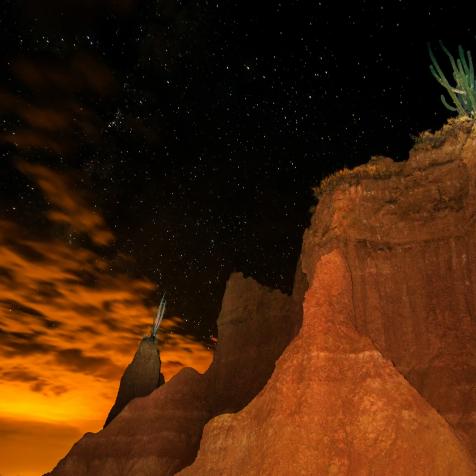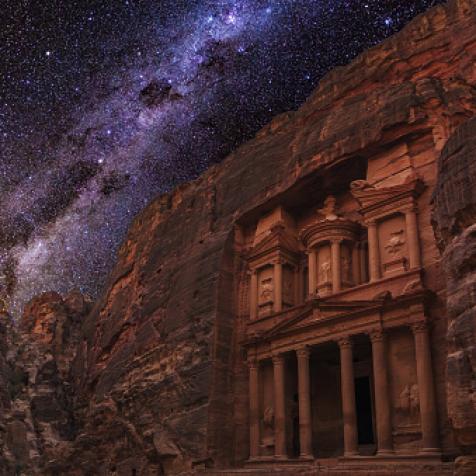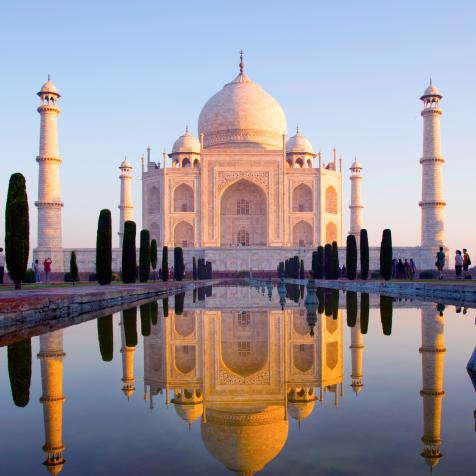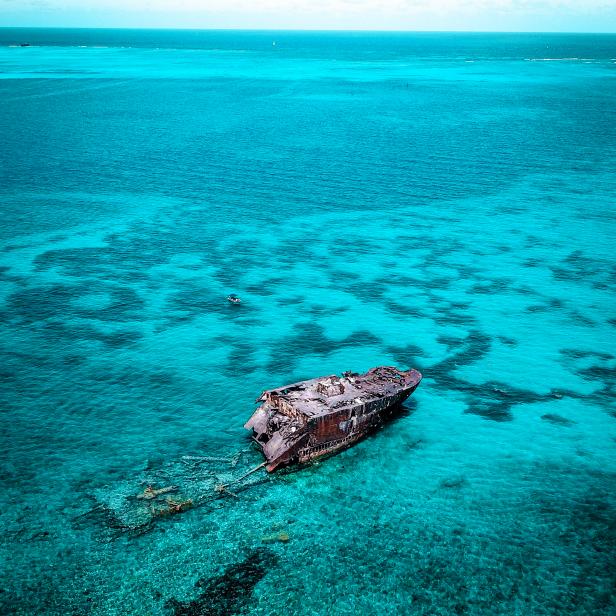
Senol Tastan / EyeEm
A Spanish Sunken Galleon Has a $17B Bounty Onboard - and Now You Can See It
Way back in 1708, when the War of Spanish Succession was waging across Europe and Latin America to decide who should be the next King of Spain, three Spanish galleons set sail from Panama. They were loaded to the brim with gold, silver, emeralds, and other jewels that had been extracted from the mines of Bolivia – and were vital in financing Spain’s costly war against its enemies.
As Commander Jose Fernández de Santillán was overseeing the loading up of the ships, England’s Admiral Wager set sail for the Caribbean with a fleet of four warships. When they eventually reached the Colombian coast, they anchored off the island of Pequeña Baru, about 18.6 miles from Cartagena, to restock with supplies.
Their presence was spotted by the Spanish and word was sent to Commander Jose, warning him of the enemy's presence. However, hurricane season was almost upon them, and the Commander could not delay the departure of his ships any longer, and began the long journey back to Europe with the riches, stopping in Cartagena.
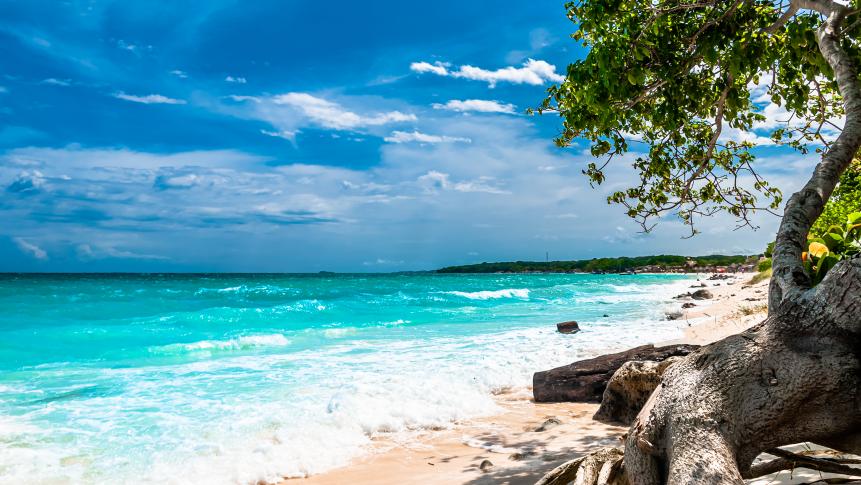
StreetFlash
View from Playa Blanca on Baru island off the coast of Cartagena, Colombia.
On June 8, the fleet moored for the night off the island of Barú. It wasn’t until the following day that they saw the four British warships approaching. A battle ensued, which continued well into the night, each ship firing cannons at the other. The first of the Spanish ships, San Joaquín, escaped into the night. Disaster struck the second, the San José when its powder magazine exploded following gunfire that had lasted for more than an hour. It began sinking rapidly, and only 11 crew members out of 600 survived. The third ship, the Santa Cruz, was eventually captured, but it was carrying very little cargo – the bulk of it being on the San Joaquín and the San José, which had now sunk to the depths of the ocean.
The cargo, which was considered to be worth more than the whole national income of Spain at the time, is now estimated to be worth up to $17 billion in today’s money. The enormous value of the wreck has earned it the name the “Holy Grail of Shipwrecks”.
Naturally, another battle has ensued over the contents of the ship. In the 1980s, a group of US investors claimed to have found the shipwreck off the coast of Colombia, but the country refused to sign their offer of a 65%/35% share and declined the group's permission to conduct a full salvage operation. Numerous court cases ensued, and eventually, the galleon has declared the property of Colombia.
On November 27, 2015, the galleon was finally located by the Colombian Navy, although the then-President of Colombian Juan Manuel Santos did not announce the discovery until December 5. And in June 2022, the Colombian Army released incredible underwater footage of the vessel, which experts speculate was loaded with 200 tons of treasure.
The video reveals everything from ingots, to ancient cannons and intact Chinese porcelain and pottery. The images shared by the Colombian army were captured with a remotely operated submersible vehicle that dived to a depth of almost 0.6 miles. The government refuses to disclose the coordinates, as the ship’s specific location is considered a state secret.
The navy’s submersible also found two other shipwrecks, both nearby, one of which was a colonial boat and the other which was a schooner, thought to date back to Colombia’s war for independence from Spain in 1819.
"We now have two other discoveries in the same area that show other options for archaeological exploration. So the work is just beginning," said navy commander Admiral Gabriel Perez.









